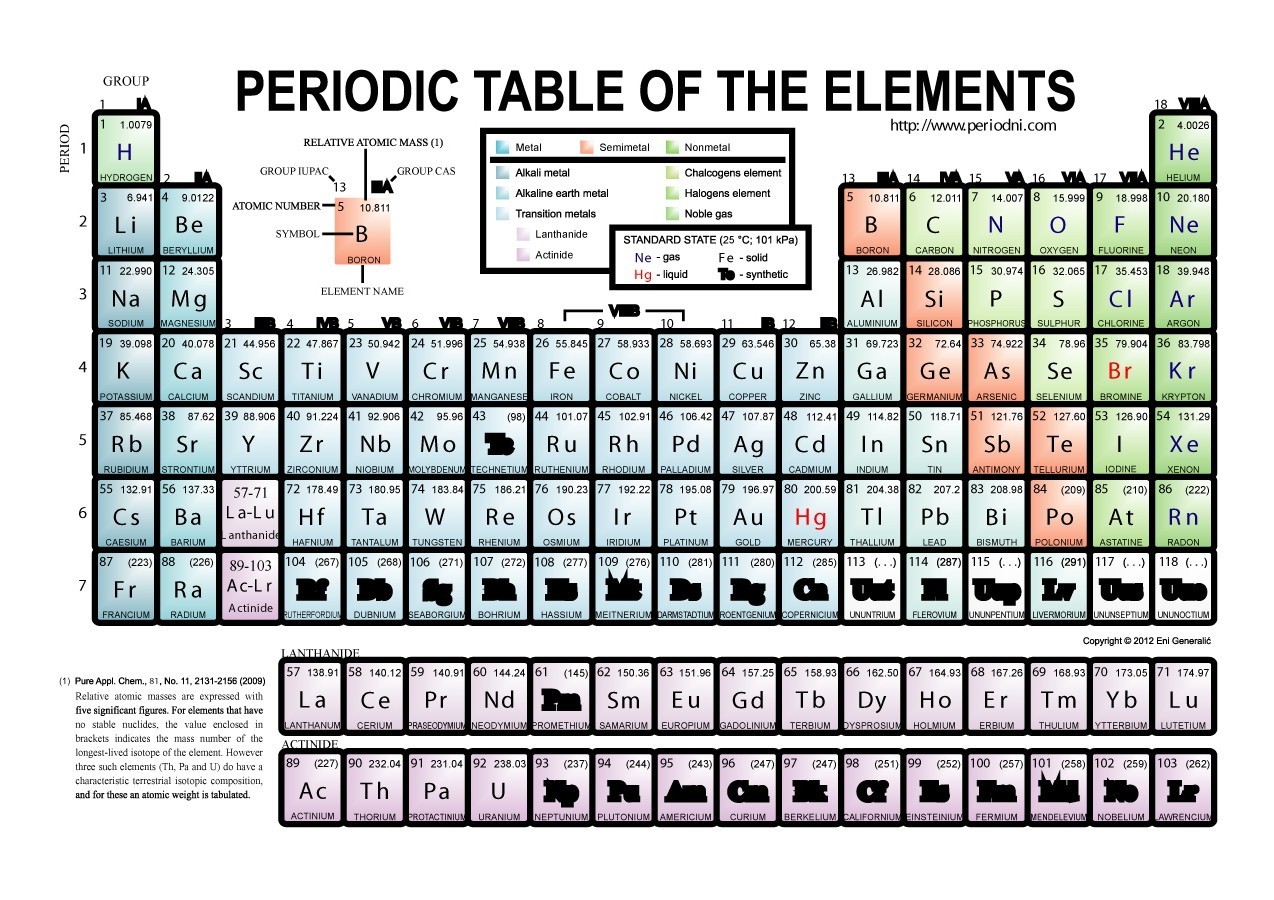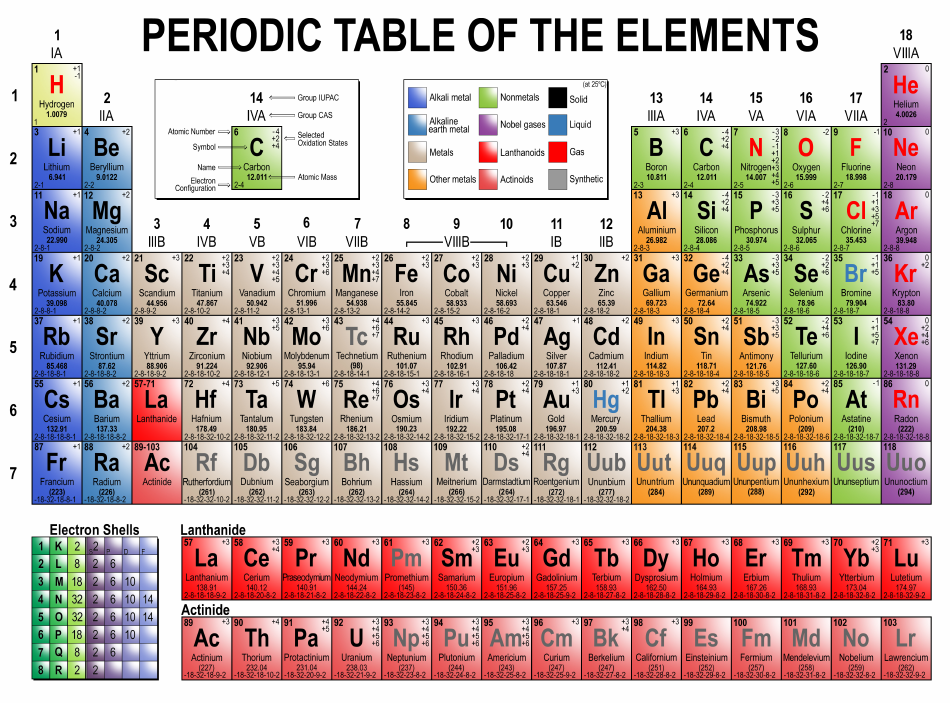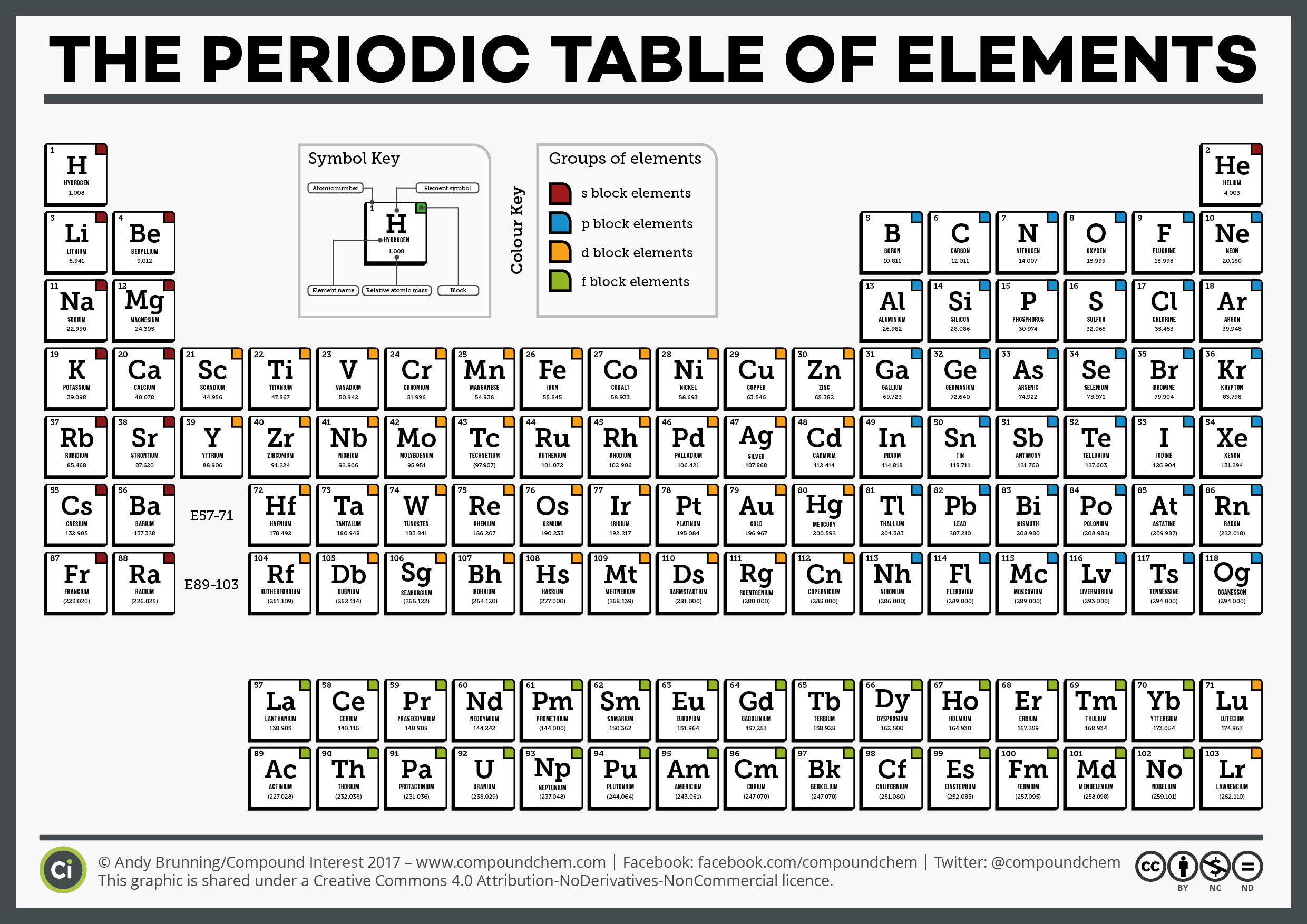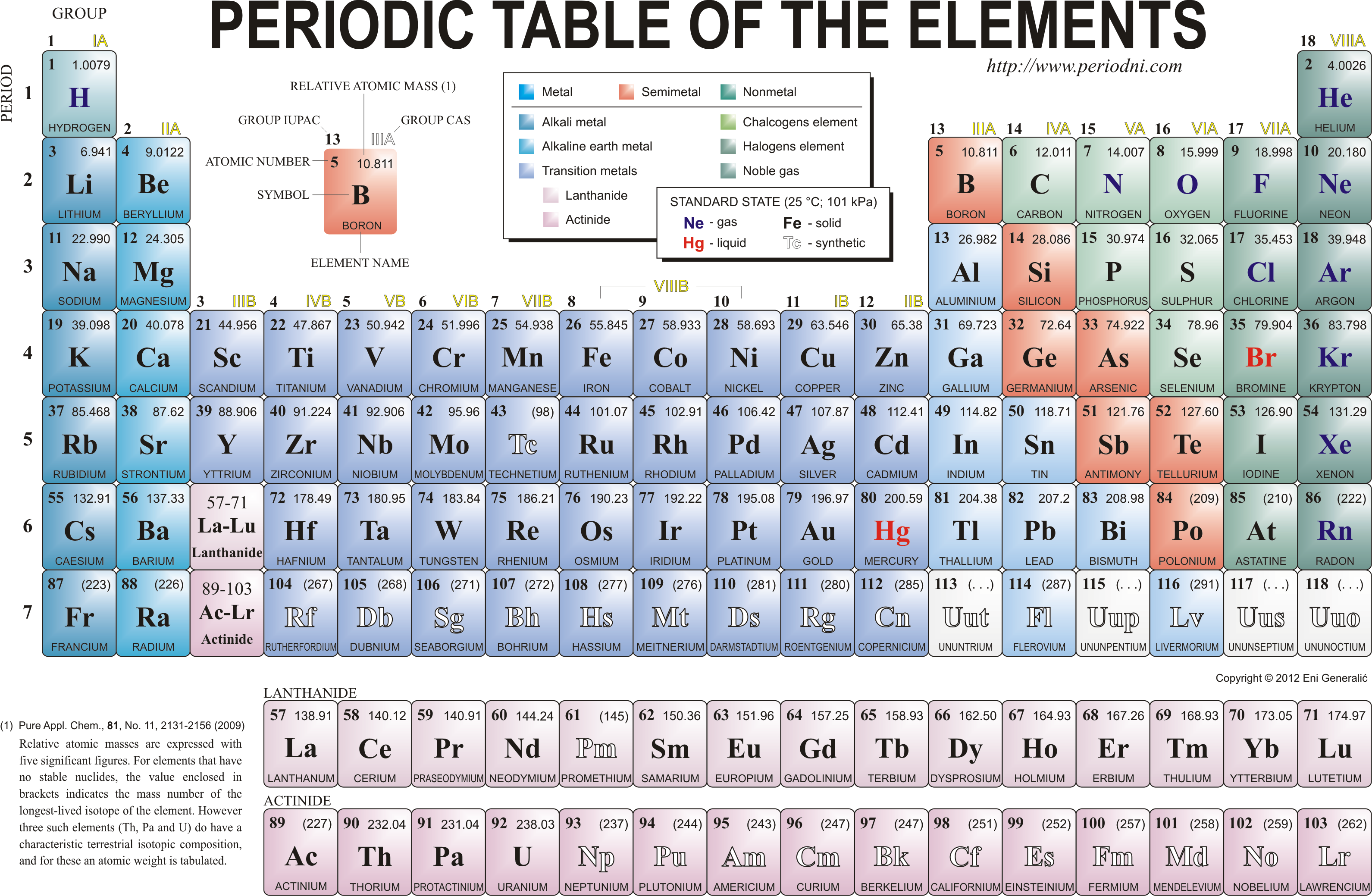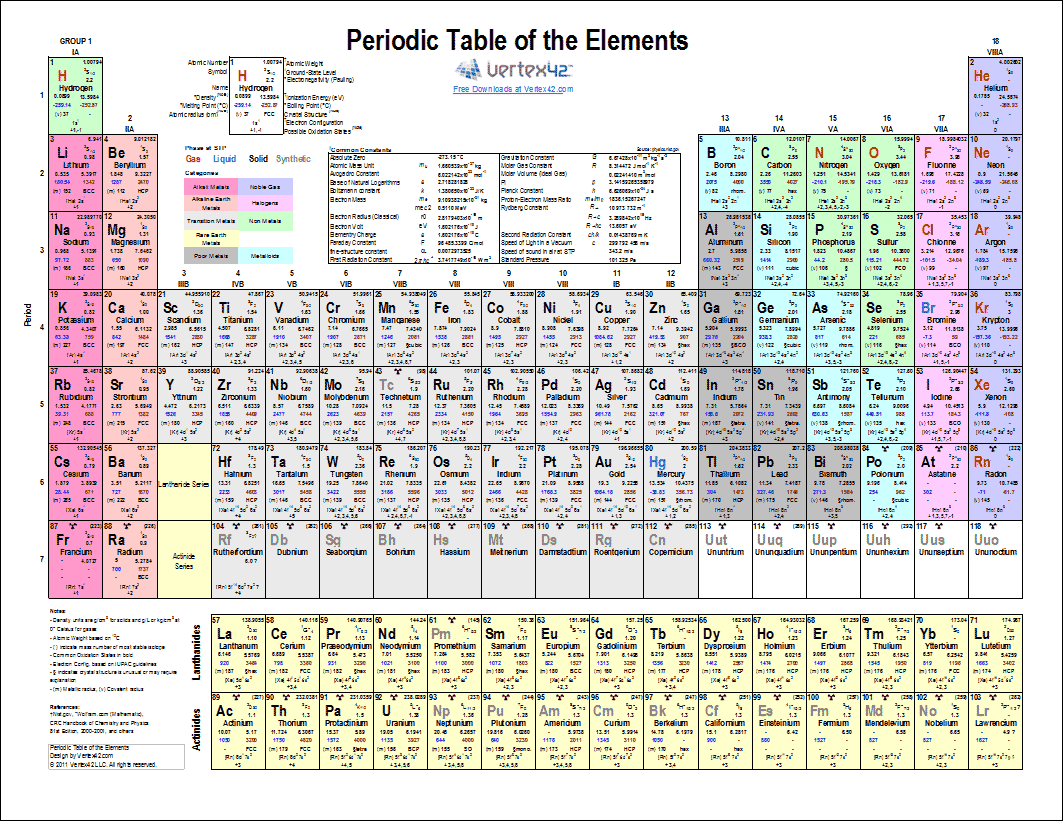The Periodic Table of Elements is an essential tool in the field of chemistry. It is a comprehensive arrangement of all the known elements, categorized based on their atomic numbers, chemical properties, and electron configurations. This organized representation allows scientists to study and understand the properties and behaviors of different elements.
The Periodic Table is widely used by chemists, researchers, students, and educators to access valuable information about elements. It serves as a visual guide that provides crucial details about each element, including its symbol, atomic number, atomic mass, and electron configuration. With a quick glance at the table, one can gather vital data about elements and their relationships.
This comprehensive chart can be used to determine the elements’ physical and chemical properties, such as their boiling and melting points, electronegativity, and atomic radius. The periodicity and patterns displayed in the table help scientists predict an element’s behavior and reactivity with other elements.
The periodic table provides a systematic approach to studying and understanding chemistry. It assists in the identification of new elements, the creation of compounds, and the calculation of chemical reactions. The table acts as a foundation for various scientific disciplines, including inorganic and organic chemistry, material science, biochemistry, and more.
The periodic table continues to evolve as new elements are discovered and synthesized in laboratories. Currently, there are 118 known elements, each with its own unique properties and characteristics. Scientists are constantly working to expand our knowledge of these elements and their potential applications.
The Periodic Table is a valuable tool for students studying chemistry. It provides a visual representation of the elements, making it easier to learn and memorize their properties. By familiarizing themselves with the table, students can quickly identify trends and patterns, facilitating a deeper understanding of the subject.
Teachers also rely on the Periodic Table to teach chemistry effectively. It serves as a reference point during lectures and helps students visualize the relationships between elements. Additionally, the table encourages practical applications through experiments and demonstrations, making the learning process more engaging and interactive.
Chemistry enthusiasts and professionals can benefit from printable versions of the Periodic Table. Having it as a physical or digital copy allows for quick access to information without the need for an internet connection. These portable versions are particularly useful in laboratories, research facilities, and educational settings.
In conclusion, the Periodic Table of Elements is an indispensable tool for anyone involved in the study or practice of chemistry. Its organized structure and comprehensive information make it invaluable in understanding the properties, behaviors, and relationships between elements. Whether used by students, teachers, or researchers, the Periodic Table continues to be a cornerstone in the field of chemistry and paves the way for further advancements and discoveries.
